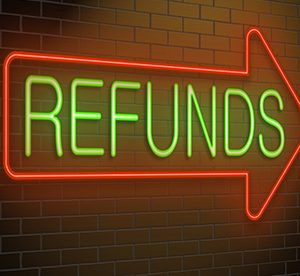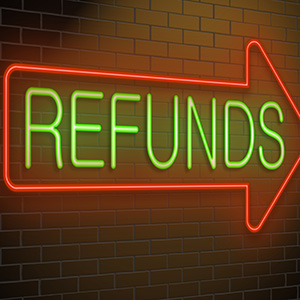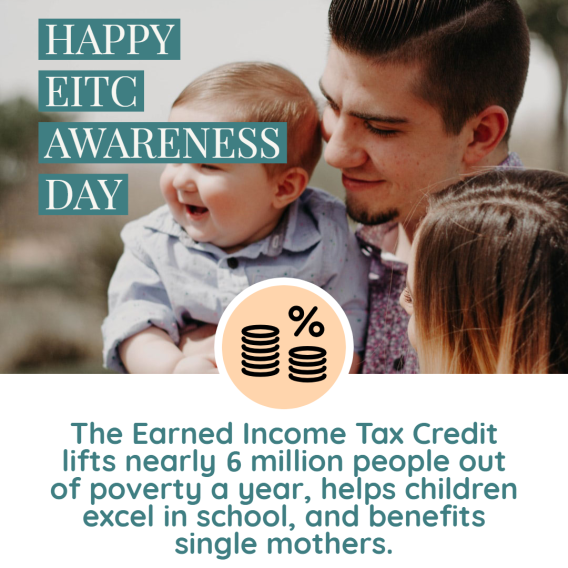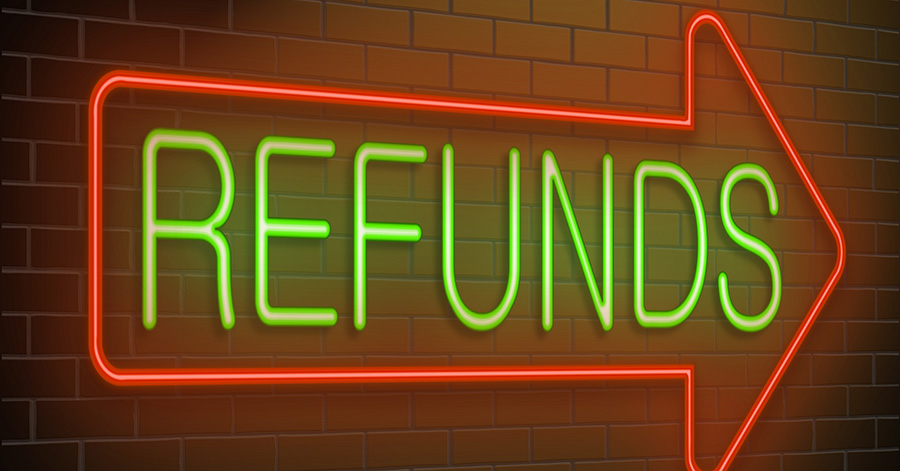
REFUND ANTICIPATION LOANS
In past years, many commercial tax preparers offered refund anticipation loans (RALs) so that taxpayers could get their refund check (less charges and fees) within a day or two. The “refund” in this situation was a loan from a bank that was repaid when the IRS sent the taxpayer’s refund check. The fees charged for the RAL were up-front interest payments on the loan. The most likely RAL users were also EITC recipients. In 2009, 64 percent of RAL consumers received the EITC.
In 2010, the IRS announced that it would no longer provide tax preparers with the “debt indicator,” which tells commercial preparers whether taxpayers will have any of their refund used by the IRS to pay off debts such as back taxes, back child support or unpaid student loans. Banks began to drop out of the RAL business, and federal banking regulators took action to force the rest to abandon the “unsafe and unsound” issuance of RALs that might not be repaid by tax refunds that were diverted to offset other debts.
According to the National Consumer Law Center and the Consumer Federation of America, RAL loan fees alone once annually drained as much as $1 billion from the refunds of over 10 million Americans. By 2010, the number and cost of RALs began to diminish significantly as banks left the field. In 2013, 100,000 consumers applied for RALs; this number decreased by more than 50 percent in 2014.
SUBSTITUTE RALS
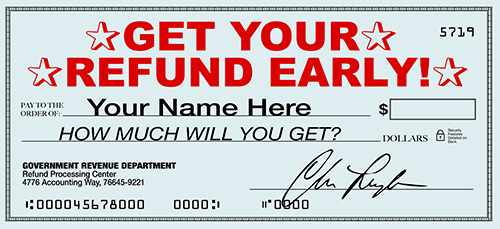 While RALs are no longer issued by banks, some lower-income taxpayers will remain vulnerable at tax time. Some tax preparers seek out other lending sources, such as payday lenders, to replace banks. RALs issued by these places can be riskier than the former bank RALs. Some businesses promote other tax refund products as if they were RALs, such as debit cards, while charging higher fees. The promise of filing early for a refund using just paystub information rather than waiting to receive W-2s from any employers may gain more popularity.
While RALs are no longer issued by banks, some lower-income taxpayers will remain vulnerable at tax time. Some tax preparers seek out other lending sources, such as payday lenders, to replace banks. RALs issued by these places can be riskier than the former bank RALs. Some businesses promote other tax refund products as if they were RALs, such as debit cards, while charging higher fees. The promise of filing early for a refund using just paystub information rather than waiting to receive W-2s from any employers may gain more popularity.
The introduction of refund delays in 2017 spurred an increase in a different type of RAL. Paid preparers offered “no-fee” RALs that are offset by other tax preparation fees, which frequently are not advertised upfront. These RALs are less risky because tax filers are not required to repay the loan if the IRS finds that their actual refund differs from the amount the tax preparer quotes. The National Consumer Law Center estimates that paid preparers issued more than 1.5 million no-fee RALs in 2017.
REFUND ANTICIPATION CHECKS
Many tax preparers offer refund anticipation checks (RACs) as an alternative to RALs. RACs pose less of a risk to the preparer but are still costly to the taxpayer and preparers are increasingly charging higher fees for them. For RACs, the tax preparer opens a temporary bank account so that the IRS can directly deposit a tax filer’s refund into the account. Tax preparation and RAC fees are deducted before the taxpayer receives the refund. On average, RACs cost between $25-$60 for federal refunds, and $10 for state refunds. (The taxpayer may have to pay additional check-cashing fees).
In 2015, about 19 million taxpayers (55 percent of them EITC claimants), received a RAC at a cost of about $475 million. This is an increase from 18.4 million taxpayers in 2011, and from 12.9 million taxpayers in 2009. The rate of RAC usage is alarming given that clients using free tax programs can get their refunds within the same timeframe when they choose direct deposit.
FEDERAL REGULATION OF RALS
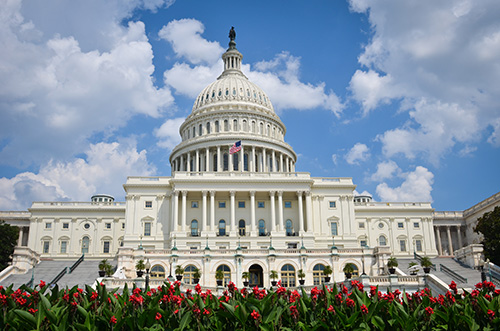 IRS regulations require commercial tax preparers to:
IRS regulations require commercial tax preparers to:
- Disclose the loan fees and interest rates for the RAL;
- Tell people that they can file their return electronically without applying for the RAL, how much electronic filing costs, and about how long it will take to get the refund;
- Charge the same fee for basic electronic filing regardless of whether a customer also pays for the RAL and without regard to the amount of the refund;
- Inform people that they will be financially responsible for the loan if the IRS delays the refund, reduces the refund amount, or denies the refund completely; and
- Obtain identification numbers from the IRS to file returns electronically. The IRS can revoke this number if RAL regulations, designed to give more protection to taxpayers, are violated.
STATE REGULATION OF RALS
Some state laws require more stringent standards for RALs than federal regulations. For example, many states prohibit tax preparers from charging add-on fees only to RAL and RAC customers and regulate the types of businesses permitted to offer RALs. Attempts by states to cap RAL interest rates, which frequently exceed 100 percent APR, have met with court challenges.
The National Consumer Law Center reports that some states have enforced RAL regulations through the legal system. In 2008, the California and New Jersey Attorneys General both settled lawsuits against tax preparers for deceptive advertising in promotion of RALs. The New York State Division of Human Rights also sued tax preparers for discriminatory targeting of minorities for RALs. In 2010, Maryland, Colorado, and Louisiana all enacted RAL legislation. Maryland’s law bans most add-on fees. Colorado and Louisiana’s laws increase disclosure standards for RAL applications.
There are currently 20 states regulating RALs: Arkansas, California, Colorado, Connecticut, Illinois, Louisiana, Maine, Maryland, Michigan, Minnesota, Nevada, New Jersey, New York, North Carolina, Oregon, Tennessee, Texas, Virginia, Washington State, and Wisconsin.

